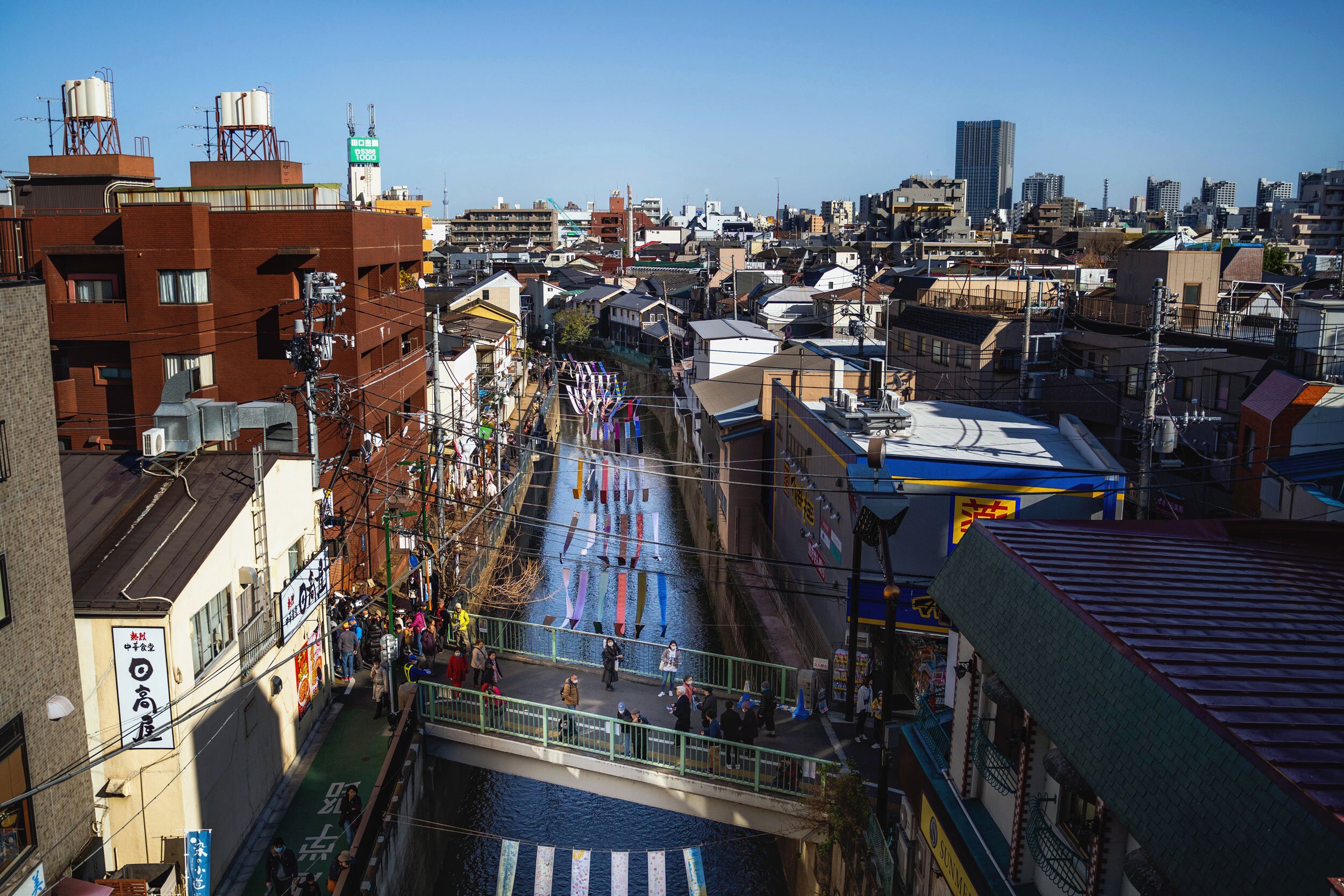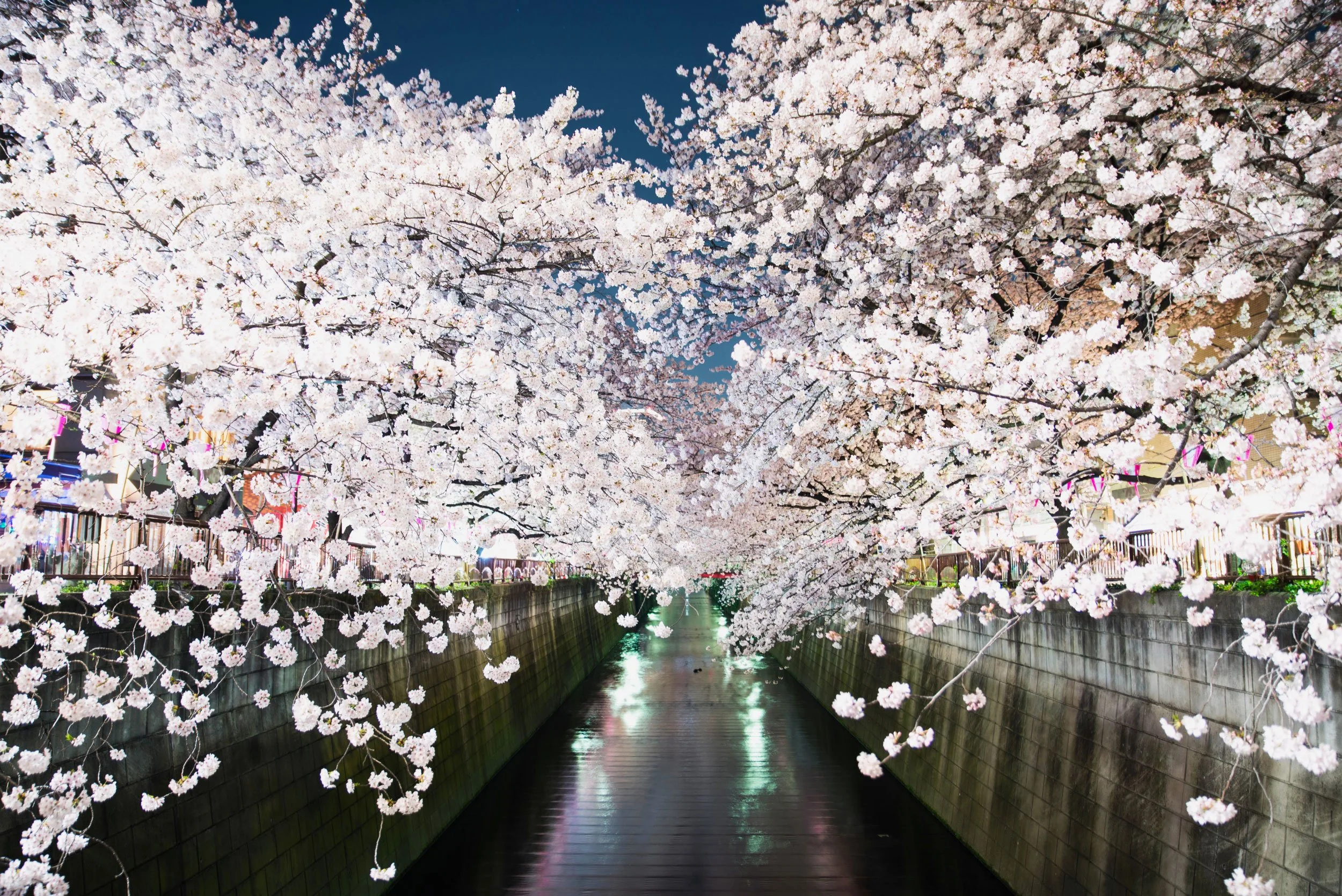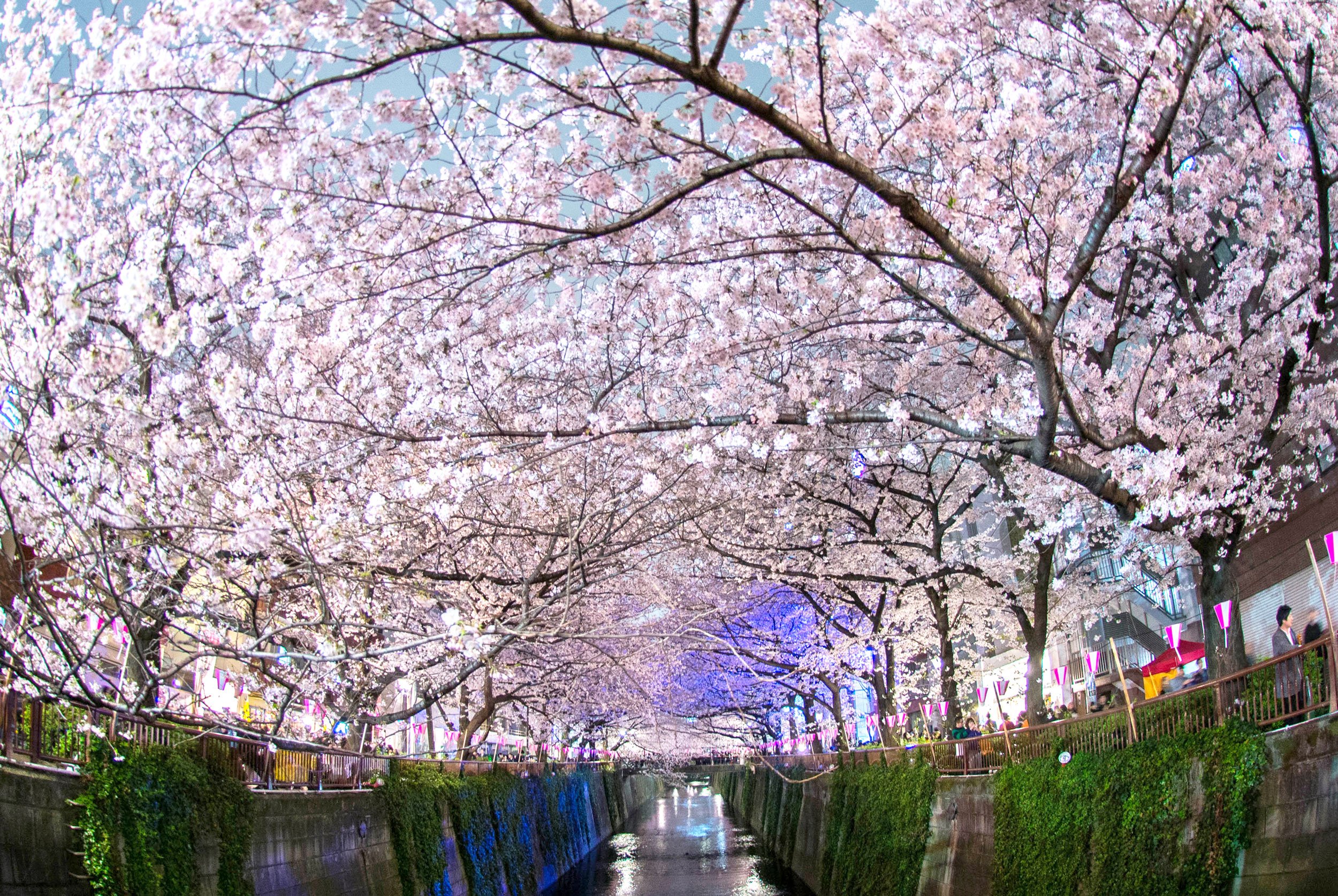Soshigaya, Tokyo: Ultraman Town
A local area that’s all about Ultraman. With Ultraman statues, street lamps, decorations and more, this retro Tokyo neighborhood is unlike any other.
Tokyo: Travel Tips
A few tips about traveling to Tokyo that I’ve learned during my time living there for 8 years.
Koenji, Tokyo
Koenji is thought of as one of Tokyo’s coolest neighborhoods by locals, and is known for its alternative subcultures, used clothing shops and cheap bars.
Yanaka Ginza, Tokyo
One of Tokyo’s popular “shitamachi”, or retro downtown areas, Yanaka Ginza’s vibe is mid-1900s and a good place to take an afternoon to explore.
Shin-Okubo, Tokyo: Koreatown
Considered Tokyo’s Koreatown, Shin-Okubo is the go-to spot for Korean food, pop culture and cosmetics, and is an area that is increasingly challenging Harajuku as a hangout spot for young locals.
Japan: Conveyor Belt Sushi Restaurants
About the popular kaitenzushi, or conveyor belt sushi restaurants, that’s all over Japan.
Ningyocho, Tokyo
A photogenic, old shopping town, Ningyocho has buildings with a lot of history as well as an over 250 year old restaurant serving the original oyakodon.
Akihabara, Tokyo: The Non-Otaku Guide
A manga, anime and electronics hub, Akihabara is known for otaku culture. But there are other things to see and do here - here’s some that I recommend.
Daikanyama, Tokyo
Thought of as Tokyo’s Brooklyn, Daikanyama is a posh and stylish neighborhood near Shibuya with a laid back vibe that attracts trendy locals.
Nakameguro, Tokyo: Starbucks Reserve Roastery
A premium Starbucks experience with a unique, Japanese twist at their second largest location in the world.
Nakameguro, Tokyo
Most famous for its cherry blossoms, Nakameguro is a hip, artsy neighborhood home to some great food, including "the best pizza in Tokyo,” and Starbucks Reserve Roastery Tokyo.
Nakai, Tokyo: Somenokomichi Festival
A small, residential area near Shinjuku, Nakai puts on an annual festival in recognition of its fabric-dyeing heritage.
Nakano, Tokyo
Thought of as the second Akihabara, Nakano is an otaku haven as well as a photogenic, retro Tokyo playground.
Jiyugaoka, Tokyo
Considered one of Tokyo’s stylish areas, Jiyūgaoka is known for its cafes, patisseries, and boutique shopping with a little European ambience.
Shimotakaido, Tokyo
A residential area in the Setagaya Ward, it has some nice kissaten coffee shops, cherry blossoms, and is where I first lived in Tokyo.
Mt Takao New Year’s Sunrise
Watching the first sunrise of the new year from atop a mountain in Japan.
Tokyo: Best Cherry Blossom Spots
Must-see cherry blossom locations around Tokyo - popular spots, lesser known areas and one that’s only open for 3 hours.



















